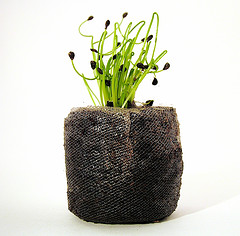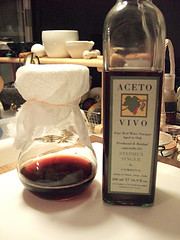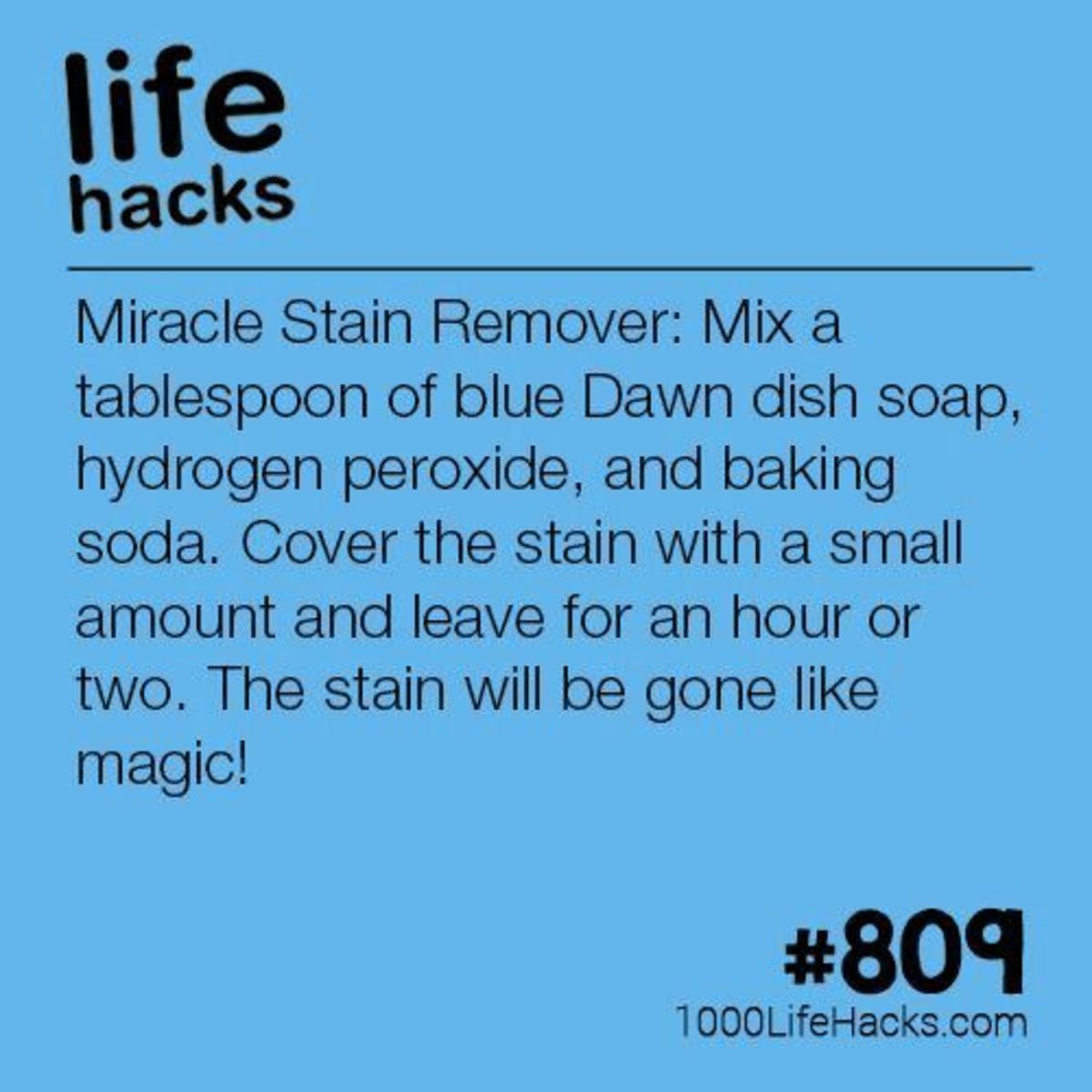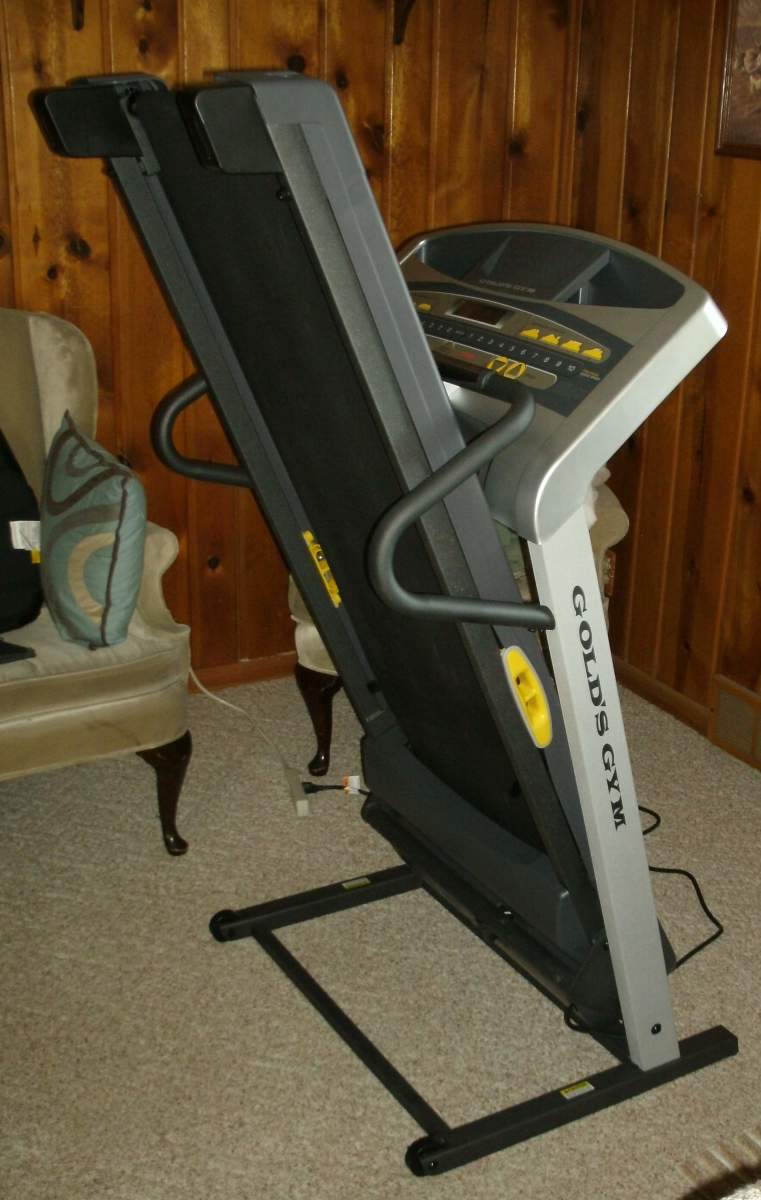How to Make Homemade Flavored Vinegars
My Foray Into Homemade Flavored Vinegars
If you've ever bought flavored vinegars, you know how expensive they are. If you've ever tasted flavored vinegars, you know how delicious they are. Once I tried flavored vinegars, I was hooked. I couldn't afford them at the store, and I wanted to experiment with different flavor variations. The obvious solution was to learn how to make flavored vinegars for myself.
If you've ever canned food, learning how to make flavored vinegars should be easy. Even if you haven't canned anything, making flavored vinegar is pretty easy if you follow some precautions to be certain everything is sterile.Preparing Jars for Homemade Flavored Vinegar
The first step in making flavored vinegar doesn't even involve the ingredients. You need to closely inspect the jars that you will use to make the flavored vinegars. Make sure there are no cracks in the jar or the lid. Be certain that it is able to seal well. Cork tops are fine if they fit snugly. If you use a jar with a screw top, be sure that the inside of the lid has some sort of coating. A metal lid will become corroded by the acid in the vinegar.
Wash the jars well. Sterilize by immersing in water that is simmering for 10 minutes. Turn upside down on a towel and let dry. Do this right before adding the flavored vinegar ingredients. The jars should still be warm. Re-inspect each jar carefully again just before filling it. Sometimes the simmering water can cause a newly formed crack.Preparing Herbs for Use in Flavored Vinegars
You want to be sure that any herbs you add are also free from bacteria. Rinse the herbs well. Then douse them in a mixture of 6 cups of water that has had 1 teaspoon of bleach added. Do not use more bleach! This is all that is needed. After dipping in the water, rinse well and pat dry.
Chives

Selecting and Preparing Herbs for Flavored Vinegar Recipes
When selecting herbs to make flavored vinegars, use only the freshest herbs available. Do not use brown or wilted herbs. The standard flavored vinegar recipe uses about 5 sprigs of herbs for every 2 cups of vinegar. If you are a garlic lover like me, add a clove of garlic as well. (Actually, I add 2 cloves of garlic.) Of course, this depends on the other herbs that are being used. To intensify the flavor even more, cut up the herbs or pound them with the flat edge of a knife before adding them to the prepared jars.
The herbs to use is purely a matter of personal taste. Normally, only one herb is used. This is a good idea when you first start making flavored vinegars. Popular herbs to use for flavored vinegars are thyme, rosemary, basil, chives, dill, fennel, sage, tarragon, and even lavender. After you have made a couple of batches, try experimenting with some herb combinations. I have personally tried combinations of basil and chives and oregano and marjoram with delicious results.Use a Quality Vinegar for Homemade Flavored Vinegar

Which Vinegar to Use in Flavored Vinegar
The same rule applies when choosing a vinegar for your flavored vinegar recipes. Use the best quality vinegars you can afford. It really makes a difference with the final result. There are many types of vinegars that can be used for flavored vinegars. For herb vinegar recipes, the best choice is good old-fashioned distilled white vinegar.
Basic Steps to Make Homemade Flavored Vinegar
The hardest part of making homemade flavored vinegars has already been explained. The most tedious part is gathering the materials needed and getting them prepared.
Next, place your choice of herbs in the sterilized jars. Don't stuff them. There should be room left in the jar. A good rule of thumb as mentioned above is about 5 or 6 sprigs of the desired herbs to a pint of vinegar. If no fresh herbs are available, 2 or 3 tablespoons of dried herbs can be used. If at all possible, use fresh herbs for your flavored vinegars. The taste difference is phenomenal.
Before adding the vinegar to the herbs in the prepared jars, heat it on the stove to the boiling point. Pour into the still warm jars with the added herbs. Secure the lids tightly.
Next, just sit and wait for the flavors to blend and marry together. Store the flavored vinegar in a cool place, away from sunlight. This takes about a month. About every 3-4 days, give the jars a gentle shake to help meld the flavors.
If you just can't wait and want to use your flavored vinegar as soon as possible, test the flavored vinegar after about 3 weeks. Taste a few drops on plain bread to get the full flavor. If it's not ready, be patient and wait a couple of more days. The flavor will be the best if you wait a full month for it to fully develop.
Hopefully, you have bought some pretty little jars or glass bottles for the final step. Using the same steps as before, sterilize these bottles on the stove as well.
Use two coffee filters to strain the now deliciously flavored vinegar. Pour the strained vinegar into the decorative sterilized bottles. Add a sprig of fresh herbs to each jar for presentation and added flavor. Make sure to disinfect the herbs first just like instructed before. Secure the lids tightly.
Storage of Flavored Vinegars
Flavored vinegar can be safely stored at room temperature for about 4-6 weeks. If you do keep your flavored vinegar at room temperature, keep it out of the sun. Sunlight will increase the chances of bacteria growth. If kept in a cool place, flavored vinegar will last about 3 months. If you keep your flavored vinegar in the refrigerator, it will be safe to use for at least 6 months.
Some people argue that storing the flavored vinegar in the refrigerator ruins the taste. Personally, I haven't noticed it. I keep all of my flavored vinegars in the refrigerator except for the ones that are on display.Uses for Flavored Vinegar
Now, what do you do with flavored vinegar? Well, you eat like you're in a gourmet restaurant, that's what. Seriously, flavored vinegar turns any dish from average to awesome.
Use flavored vinegar in any recipe that calls for plain vinegar. Try it as a marinade. Make homemade salad dressings that trump any bottled dressing. Drizzle flavored vinegar over vegetables. Use in a sandwich as a substitute for mayonnaise. Oh my gosh, I'm hungry now.Flavored vinegars dressed up in decorative bottles make unique, thoughtful gifts. And it is a gift that will definitely be used and enjoyed. Homemade flavored vinegars are especially great ideas for hostess gifts.




